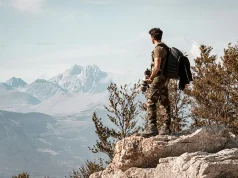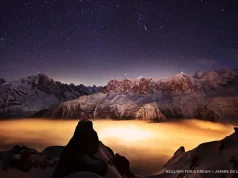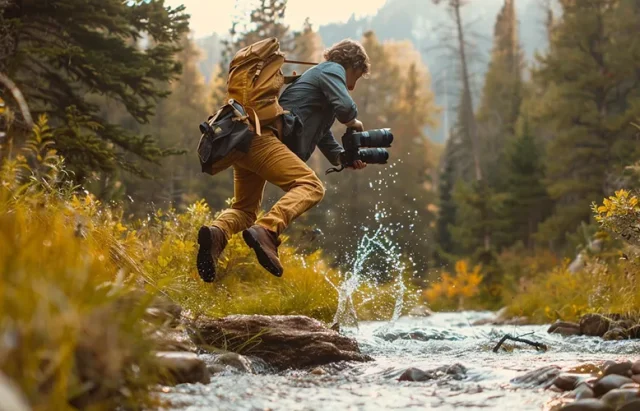
Adventure photography is an exhilarating blend of thrill and artistry, capturing the raw essence of nature’s wonders. Whether you’re scaling a mountain, exploring dense forests, or surfing massive waves, the key to outstanding adventure photography lies in preparation and technique. If you’re eager to elevate your adventure photography game, these assessable tips will guide you to achieve breathtaking results.
Understanding the Gear
Before diving into the wild, it’s essential to familiarize yourself with your gear. One of the most trusted names in the photography world, C.R Kennedy Photo Imaging, offers a wide array of high-quality cameras and lenses designed to withstand extreme conditions. Investing in robust, weather-sealed equipment ensures your gear performs optimally, no matter where your adventures take you.
Choose the Right Camera and Lenses
For adventure photography, versatility is key. A lightweight yet powerful camera, such as a mirrorless model, can be a game-changer. Pair it with a range of lenses, from wide-angle to telephoto, to cover all your photographic needs. Wide-angle lenses are perfect for capturing expansive landscapes, while telephoto lenses can bring distant subjects into sharp focus.
Invest in Protective Gear
Protective gear is crucial for maintaining your equipment’s longevity. Weatherproof bags, lens covers, and cleaning kits are essential for keeping your gear safe from the elements. You can look for reliable photo equipment stores that provides excellent protective accessories tailored to adventure photographers.
Mastering Techniques
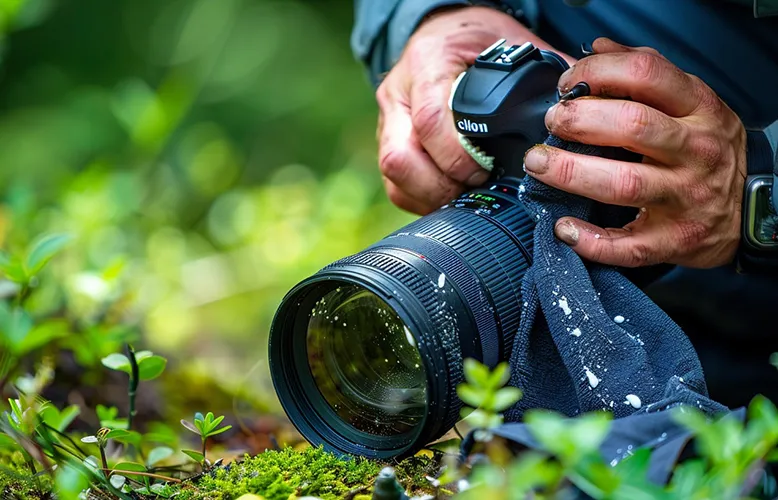
Owning top-notch gear is merely the first step in your adventure photography journey. To truly elevate your craft, mastering essential techniques is crucial. These techniques will not only enhance your photography skills but also help you capture the breathtaking moments and dynamic landscapes that make adventure photography so exhilarating.
Understand Light and Composition
Light is a fundamental element in photography. For adventure shots, natural light works wonders. The golden hours—shortly after sunrise and before sunset—offer soft, warm light that enhances the beauty of your subjects. Additionally, learn to compose your shots effectively. The rule of thirds, leading lines, and framing can transform ordinary scenes into extraordinary photographs.
Use a Tripod for Stability
In challenging environments, maintaining stability can be tough. A lightweight, sturdy tripod is invaluable for achieving sharp images, especially in low-light conditions. It also allows for creative techniques like long exposure, which can add a dynamic element to your shots, capturing the movement of clouds or water.
Safety and Preparation
When going on an adventure, thorough preparation and a keen focus on safety are essential. Being well-prepared ensures you can handle unexpected challenges, while prioritizing safety allows you to fully enjoy and capture the beauty of your journey.
Plan Your Shoot
Research and planning can make a significant difference in your adventure photography. Study your destination, check the weather forecast, and plan your route. Knowing the best times to shoot and the potential challenges you might face helps you prepare better and ensures you make the most of your adventure.
Pack Smart
Packing light yet effectively is an art. Apart from your camera gear, carry essentials like extra batteries, memory cards, a portable charger, and a first aid kit. Snacks, water, and appropriate clothing are vital for keeping you energized and comfortable during your shoot.
Capturing the Moment
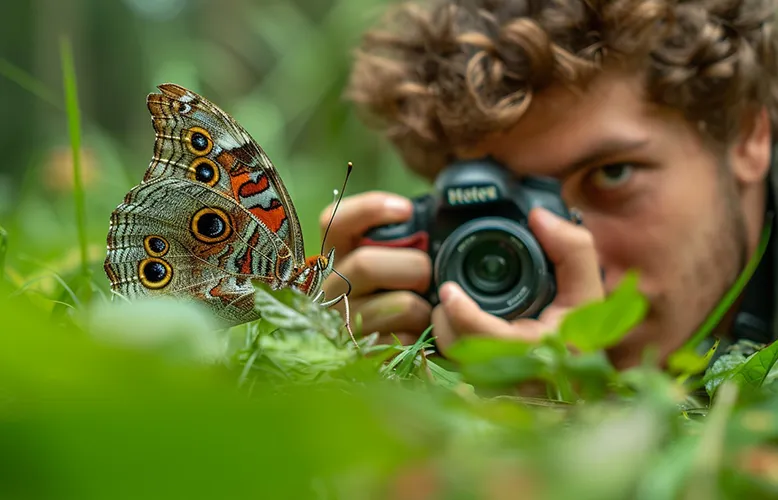
At the heart of adventure photography lies the ability to capture the spontaneity and rawness of your experiences. This involves seizing those fleeting, unplanned moments that truly embody the spirit of your adventure, turning them into captivating, timeless images.
Be Patient and Persistent
Great shots often require patience. Whether it’s waiting for the perfect light or the right moment, persistence pays off. Don’t rush your shots; instead, take time to observe and immerse yourself in the environment.
Interact with the Environment
Engage with your surroundings to capture the true essence of your adventure. Climb that extra hill for a better view, or wait by the riverbank for that perfect reflection. Sometimes, the best shots are the ones you have to work hardest for.
Post-Processing Tips
Post-processing is the crucial final step that can transform your photos from good to extraordinary. By carefully enhancing your images, you can bring out their full potential, ensuring that your adventure shots truly stand out.
Edit with Care
Use editing software to enhance your images subtly. Adjust exposure, contrast, and color balance to bring out the best in your shots. Be careful not to overdo it; the goal is to enhance, not alter, the reality of your captures.
Showcase Your Work
Sharing your adventure photography can inspire others and open doors to new opportunities. Create an online portfolio or share your work on social media platforms. Tagging big brands can also increase your visibility within the photography community.
Adventure photography is a rewarding pursuit that combines the thrill of exploration with the art of storytelling. By following these assessable tips, you can enhance your skills and create stunning images that capture the spirit of your adventures. Remember, the journey is just as important as the destination, so enjoy every moment and let your passion for photography shine through your work.



